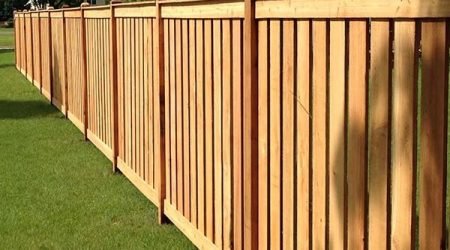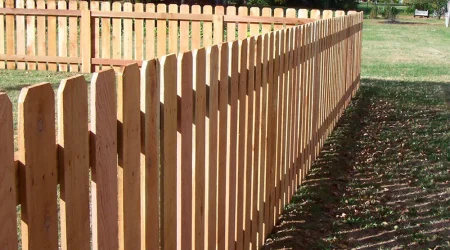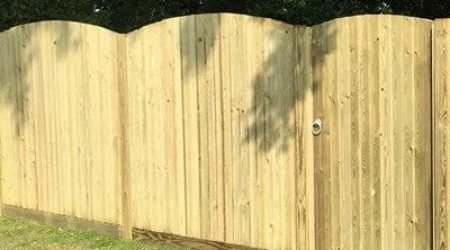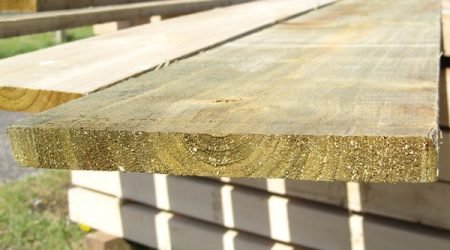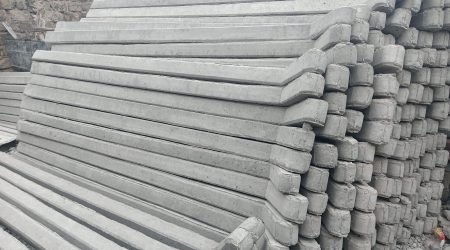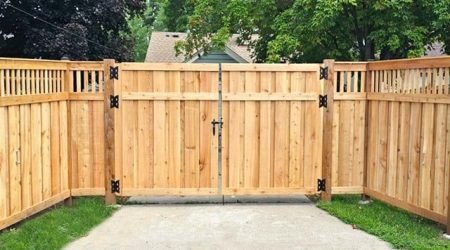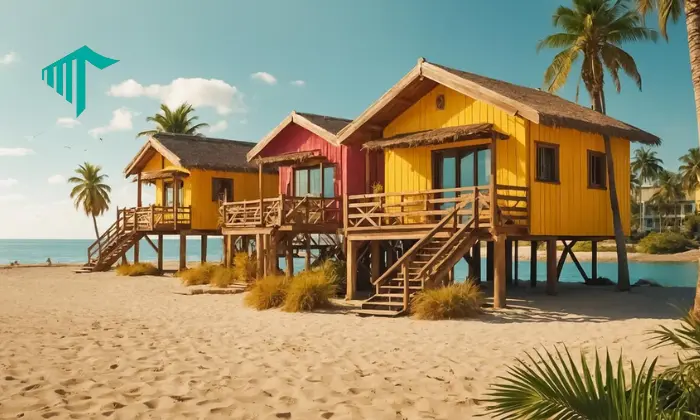Building your own summer house can be a rewarding and enjoyable project. Whether you’re looking for extra space for relaxation, work, or hobbies, this guide will help you understand the process of how to build a summer house step by step. From planning and preparation to construction, we’ll cover everything you need to know.
Step 1: Planning Your Summer House
Before you begin, take some time to plan. Decide on the size, style, and purpose of your summer house. Think about where you want to build it and what features you need, such as windows, doors, and insulation. Also, make sure to consider how you’ll use the space—whether as a garden office, a guest room, or a simple retreat. Planning well upfront ensures your project runs smoothly.
Key Considerations:
- Choose the right location with good sunlight and easy access.
- Measure your available space accurately.
- Decide on materials, such as timber or brick, based on your budget and needs.
Step 2: Understanding Building Regulations
Before you start building, it’s important to check local regulations. Certain rules may apply, especially if your summer house is large or close to property boundaries. These regulations can vary based on your location, so it’s crucial to confirm any building restrictions. Some areas may require planning permission, while others have rules about the materials or height of the structure.
Regulations to Consider:
- Check height, size, and distance from boundaries to ensure you’re within limits.
- Make sure to get planning permission if required.
- Follow guidelines for materials, particularly for fire safety and environmental standards.
Step 3: Preparing the Foundation
A solid foundation is crucial for your summer house. The foundation ensures stability and prevents future problems, such as sinking or leaning. You’ll need to level the ground and ensure it’s free of debris. A good foundation will also protect your structure from moisture damage and make it more durable over time.
How to Build a Summer House Base:
- Option 1: A concrete slab foundation is strong and provides a solid, flat surface.
- Option 2: A wooden base frame works well for smaller structures, though it may not last as long as concrete.
- Always check that the ground is level before laying the foundation to avoid future issues.
Step 4: Building the Frame
Once the foundation is in place, start constructing the frame of your summer house. The frame serves as the skeleton of the building, providing the structure that holds everything together. Use timber or metal for the frame, ensuring that each piece is aligned and level. This step requires careful measurement and cutting to ensure your summer house stands straight and is structurally sound.
Tips for Building the Frame:
- Use pressure-treated timber to prevent rotting over time.
- Make sure each piece is square and level, using a spirit level to confirm accuracy.
- Attach the walls securely to the foundation and the roof to the frame.
Step 5: Adding Walls and Roof
Now it’s time to add the walls and roof. These elements protect the interior from the weather, so ensure they are built with weather-resistant materials. You can use cladding, timber panels, or other materials for the walls. For the roof, make sure it’s designed to shed water efficiently, and consider adding insulation for better temperature control.
Wall and Roof Tips:
- For walls, use cladding or panels that suit the overall style of your summer house.
- Ensure the roof is waterproof and angled to prevent rainwater from pooling.
- Insulate the roof if you plan on using the space during colder months.
Step 6: Installing Windows and Doors
Install windows and doors for natural light and ventilation. These features allow you to enjoy the outdoor environment while remaining protected from the elements. Choose good-quality, weather-resistant windows and doors that suit your aesthetic needs. Be sure to seal them properly to avoid leaks and drafts.
Installation Tips:
- Make sure the window frames are securely fitted to prevent any movement.
- Use weatherproofing sealant around the windows and doors to ensure there are no drafts.
- Choose double-glazed windows for better insulation and energy efficiency.
Step 7: Interior and Finishing Touches
Now that the basic structure is complete, focus on the inside. Install flooring, interior walls, and any additional features such as built-in shelves or furniture. Adding insulation can help maintain a comfortable temperature inside your summer house. You can also paint or decorate the interior to match your style.
Interior Ideas:
- Install insulation in the walls, floor, and roof for better comfort year-round.
- Add shelves, tables, or seating to make the space more usable.
- Use bright colors or natural materials to create a cozy and welcoming atmosphere.
Step 8: Final Inspection
Before you use your summer house, conduct a final inspection. Check for any issues, such as leaks, structural problems, or unfinished areas. Test the doors and windows to make sure they open and close smoothly, and ensure that the roof is properly sealed to prevent water damage. Once everything is confirmed, your summer house will be ready for use.
Checklist:
- Inspect the roof for leaks or damage.
- Ensure doors and windows close securely.
- Test electrical or plumbing systems if applicable, to ensure they function correctly.
Conclusion
Building a summer house can be a fun and practical project, especially when you follow this simple step-by-step guide. By planning carefully, respecting building regulations, and paying attention to the details, you’ll have a beautiful and functional summer house in no time. With proper foundation, structure, and finishing touches, your summer house will become a relaxing retreat for many years to come.
FAQs
How long does it take to build a summer house?
It can take anywhere from a few weeks to a few months, depending on size and complexity.
Do I need planning permission to build a summer house?
It depends on your location and the size of the structure. Always check local regulations.
What materials are best for building a summer house?
Timber, concrete, and pressure-treated wood are commonly used for durability and ease of construction.
Can I build a summer house on uneven ground?
It’s best to level the ground first. You can also use adjustable feet to create a stable base on uneven ground.


